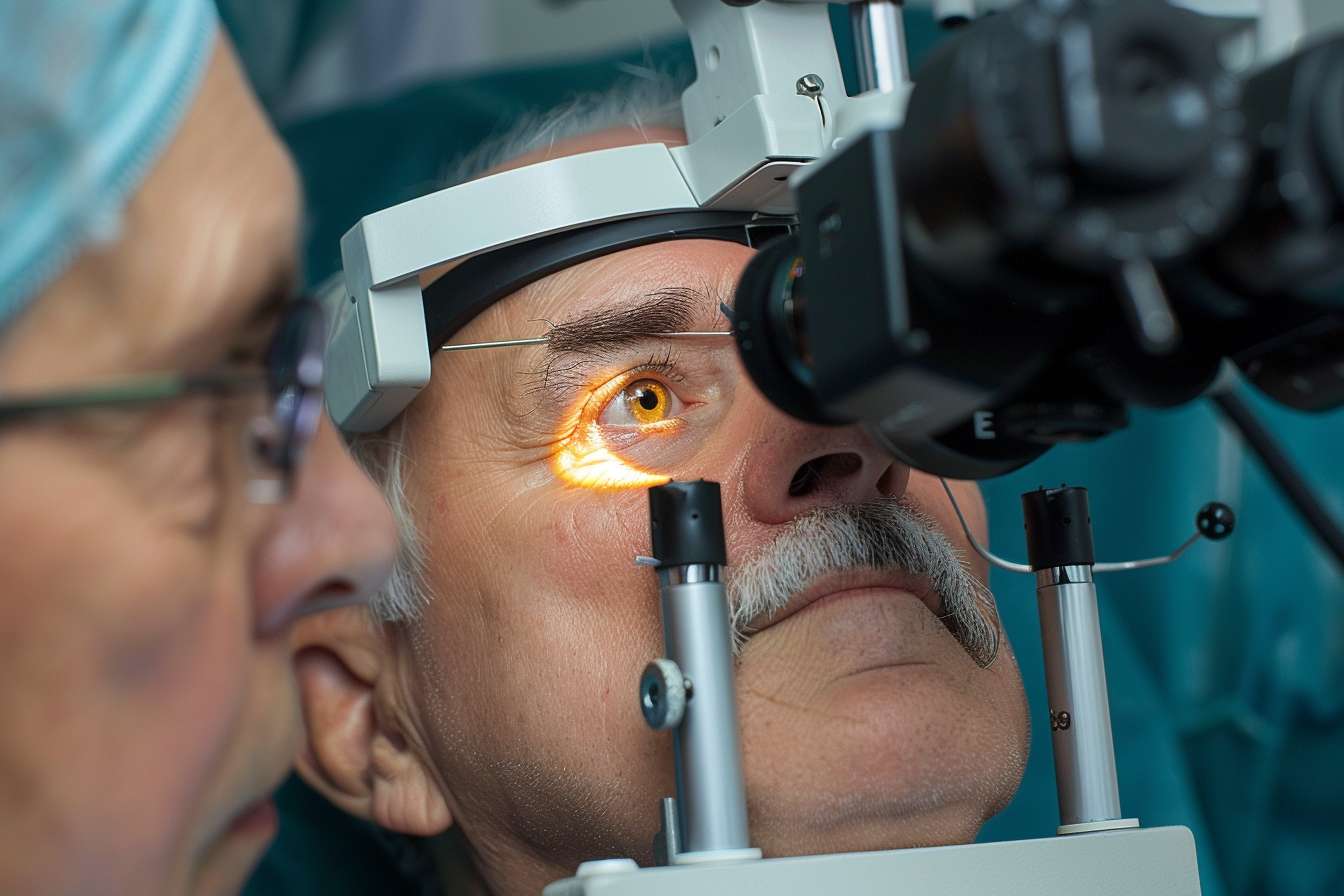Thinking About LASIK? Start with the Facts That Matter.
If you’ve ever wondered how much LASIK really costs or where to find trusted eye care options near you, this guide provides everything you need to know to make an informed choice.From understanding factors that affect pricing to exploring local specialists, get clear insights that help you decide what’s right for your eyes — all in one place.

Laser-Assisted In Situ Keratomileusis, commonly known as LASIK, has transformed vision correction for millions worldwide. As you contemplate this procedure, understanding the fundamental aspects—from candidacy requirements to recovery expectations—creates the foundation for making an informed decision. While marketing materials often highlight only the benefits, this comprehensive overview provides balanced information to help you determine if LASIK aligns with your vision needs, lifestyle, and expectations.
Understanding What Shapes LASIK Costs
The cost of LASIK surgery varies significantly based on several key factors. The technology used plays a substantial role—procedures utilizing the latest wavefront-guided or bladeless technology typically command higher prices than traditional methods. Surgeon experience and reputation also influence pricing, with highly experienced specialists often charging premium rates that reflect their expertise and success rates.
Geographic location significantly impacts LASIK pricing. Urban centers and areas with higher costs of living generally have higher procedure costs compared to rural regions. Additionally, the comprehensiveness of pre-operative testing, post-operative care, and any enhancement procedures needed later can either be included in the quoted price or charged separately, affecting the total investment.
Most insurance providers classify LASIK as an elective procedure, meaning it’s rarely covered by standard health insurance plans. However, some vision insurance plans offer discounts, and flexible spending accounts (FSAs) or health savings accounts (HSAs) can provide tax advantages when paying for the procedure.
Compare Trusted Vision Centers Near You
When evaluating vision centers for LASIK surgery, several factors deserve careful consideration beyond just price. The center’s track record, including complication rates and patient satisfaction scores, provides insight into the quality of care. Centers should be transparent about their outcomes data and willing to share success rates specific to your vision condition.
Technology matters significantly in LASIK outcomes. Centers using the latest FDA-approved laser systems and diagnostic equipment often achieve more precise results, particularly for complex prescriptions. Ask specific questions about the technology employed and how it addresses your particular vision concerns.
The qualifications of the surgical team, particularly the lead surgeon, are paramount. Look for board certification in ophthalmology, specialized fellowship training in corneal and refractive surgery, and substantial experience performing LASIK procedures—ideally thousands of successful operations.
| Vision Center | Technology Offered | Surgeon Certification | Approximate Cost Range |
|---|---|---|---|
| TLC Laser Eye Centers | Wavefront-guided, bladeless | Board-certified, fellowship-trained | $2,000-$3,000 per eye |
| NVISION Eye Centers | Custom wavefront, bladeless | Board-certified, LASIK specialists | $1,800-$2,800 per eye |
| LasikPlus | Custom bladeless, conventional | Board-certified ophthalmologists | $1,500-$2,500 per eye |
| Maloney-Shamie Vision Institute | Wavefront-optimized, topography-guided | Board-certified, fellowship-trained | $2,500-$3,500 per eye |
Prices, rates, or cost estimates mentioned in this article are based on the latest available information but may change over time. Independent research is advised before making financial decisions.
Make a Confident Informed Choice
Making an informed LASIK decision requires understanding your unique eye anatomy and vision needs. Not everyone is an ideal candidate—factors like corneal thickness, pupil size, prescription stability, and certain medical conditions can affect eligibility and outcomes. A comprehensive pre-operative evaluation should assess these factors thoroughly before any surgical recommendation is made.
Understanding potential side effects is crucial for realistic expectations. While LASIK has high satisfaction rates, temporary side effects like dry eyes and visual disturbances (halos, glare, or difficulty with night vision) are common. For some patients, these effects may persist longer. Ask your provider about their management approach for these potential complications.
The decision-making process should include a thorough consultation where all your questions are addressed without pressure. Quality providers prioritize patient education and shared decision-making over sales tactics. They should present alternatives to LASIK, such as PRK, SMILE, or implantable lenses, if these might better suit your specific situation.
Recovery expectations should be clearly communicated. While many patients experience improved vision within 24 hours, complete stabilization can take weeks to months. Understanding the healing timeline and required follow-up care helps set appropriate expectations for your visual recovery journey.
The LASIK Procedure: What Actually Happens
The LASIK procedure itself typically takes less than 30 minutes from start to finish. After numbing the eyes with drops, the surgeon creates a thin flap in the cornea using either a microkeratome blade or a femtosecond laser. This flap is folded back to expose the underlying corneal tissue, which is then reshaped using an excimer laser programmed with your specific prescription.
For nearsightedness, the laser flattens the cornea; for farsightedness, it steepens the central cornea; and for astigmatism, it smooths the cornea into a more regular shape. After reshaping, the surgeon repositions the flap, which adheres naturally without stitches. The immediate post-procedure period involves rest with eyes closed, followed by a brief check before heading home.
Long-Term Outcomes and Considerations
LASIK results are generally permanent, though natural aging processes can affect vision over time. Most patients achieve 20/20 vision or better, with satisfaction rates consistently above 95% in clinical studies. However, some patients may experience regression, where vision gradually returns toward the pre-surgical prescription, potentially necessitating enhancement procedures.
The development of presbyopia—the natural age-related difficulty focusing on close objects—occurs regardless of having had LASIK. This means that even after achieving excellent distance vision through LASIK, reading glasses may eventually become necessary around age 40-45. Some patients opt for monovision LASIK (correcting one eye for distance and one for near vision) to address this, though this approach requires adaptation and isn’t suitable for everyone.
LASIK technology continues to evolve, with advances like topography-guided treatments offering even more customized vision correction. Discussing the latest available technologies with your provider ensures you benefit from the most appropriate innovations for your specific vision profile.
This article is for informational purposes only and should not be considered medical advice. Please consult a qualified healthcare professional for personalized guidance and treatment.




